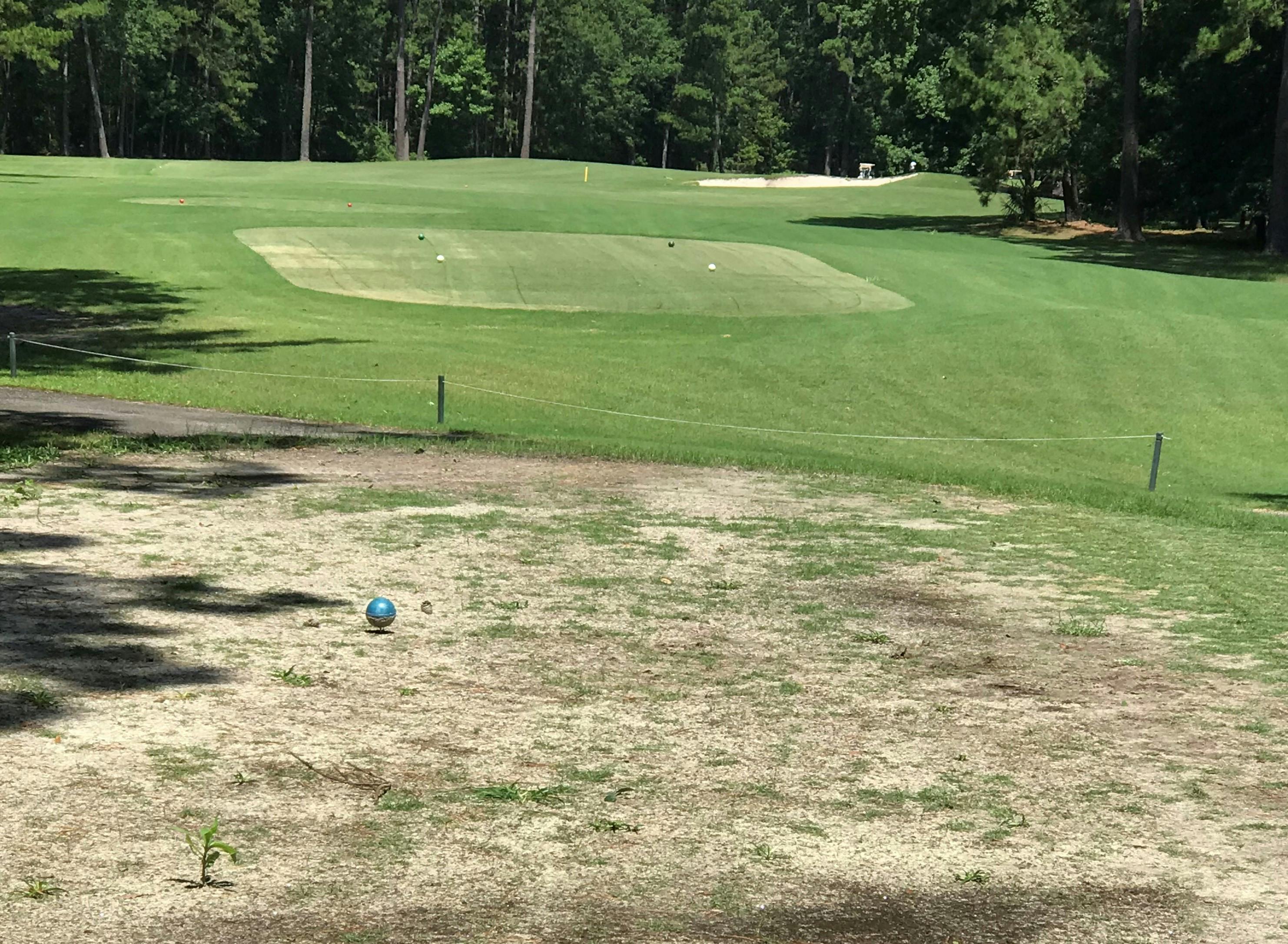Trees are often a hot button issue on golf courses. Many think trees are a critical element of a quality golf course. It’s not uncommon for disputes to occur at member-owned private clubs about trimming or removing trees. Interestingly, the classic links courses of Scotland and Ireland are typically devoid of trees, especially the large and majestic deciduous trees that many of America’s great courses are known for.
In recent years, however there has been a significant movement toward the removal of trees on many of America’s best known courses. Clubs like Oakmont and Merion in Pennsylvania, Baltusrol in New Jersey and Winged Foot in New York, all major championship sites have undergone dramatic tree removal programs, typically in the interest of promoting improved turf conditions.
A common saying, often attributed to superintendents is “you can grow grass or grow trees, but not both”. I’m not sure who first said this, or how accurate it is, however excessive tree cover does impact air circulation and sunlight and can hinder the cultivation of healthy turf.

Tee with Sunlight vs Tee in Shade
While I was always aware, a recent visit to a course in South Carolina provided a clear picture of the effects of dense tree cover on turf conditions. Turf needs morning sun and air movement. The adjacent photo shows two tee boxes on the same hole, one impacted by shade and the other getting sunlight. Additional photos below illustrate the shadows still indicating significant shade even in the mid-late morning hours of a clear late June day. The stress and damage to the turf is clearly apparent.
The case illustrated represents a willingness to ignore tree growth over a 20 year period and it made me wonder how much a tree management program, implemented over time would cost and how it would impact turf conditions. I reached out to Steve Shreiner of Shreiner Tree Services in Philadelphia (www.shreinertreecare.com).
First, I asked how much a course might budget for ongoing tree management. The answer ranged from $30,000 to $100,000 per year. If a course is in a heavily wooded environment and no maintenance has been done for an extended period, the costs for a sunlight study and subsequent remedial work could range as high as $500,000. Then, I asked if it were possible that money could be saved in the long run through improved turf health. Steve indicated that it could be significant, due to reduced equipment damage, enhanced turf conditions and reduced impact from root and storm damage.
Trees, especially at private clubs can be quite the “political football”. Avid golfers, who usually align with the golf course

Course with Good Tree Management
superintendent and seek the best turf conditions typically support tree management, whether it be trimming or removing. The less serious golfers or social members, may object to any tree management (especially removal) based on environmental concerns or simply an affection for trees.
Like everything else, balance is often the best course. Since trees provide a strategic element to many golf courses that have often been considered in the design, it’s important to preserve those key trees and maintain their influence on strategy. Often they are protected from lightning and preserved as much as possible. Conversely, many ill advised trees have been planted through the years (often by overly aggressive green chairmen) which alter design characteristics, create “double” hazards and hinder air circulation and exposure to sunlight. These trees need to be thinned or removed to preserve the integrity of the design and promote healthy turf and playing conditions. There are numerous examples of a dramatic view amenity obstructed by trees that could be thinned to reveal water or other features that would greatly enhance the course.

Mid-Late Morning Shadows
Since trees are a long term issue, it’s important to develop and implement a tree management program as soon as possible. In some cases trees will be added for safety or separation or because an existing tree is dying or was taken by a storm. In other cases, after 10, 20, 30 or more years, trees change and compromise the integrity of the course design with limbs that encroach on desired lines of play. If one waits until it’s a problem, the cost can be prohibitive and the project put off to the point that it just doesn’t get done.
At my old club we had a tree nicknamed “Hector the Rejector” that “guarded” the right side of the 12th green, a 370 yard par 4 with an elevated green. Over the years, “Hector” became a menace and obstructed just about any shot from the right half of the fairway. After years of debate, including one member who exclaimed “for every tree removed we should plant two” Hector met an untimely (but probably productive) demise when struck by lightning. The 12th hole was instantly improved.
An appropriate tree management program should be the collaborative work of the superintendent, club ownership/leadership, a golf course architect, an arborist who can do a shade and air circulation study and a consultant who can measure the economic impact. 20 or 30 years can go by quickly and without even knowing it, a course’s trees can go from being an asset that beautify the course and contribute to strategy, to a nuisance that makes the course too difficult and compromises the quality of the turf and playing surfaces.